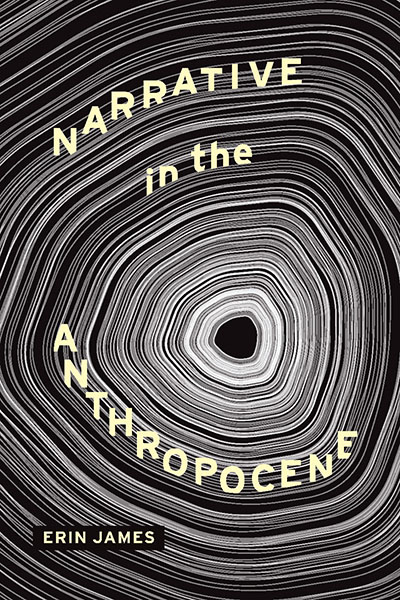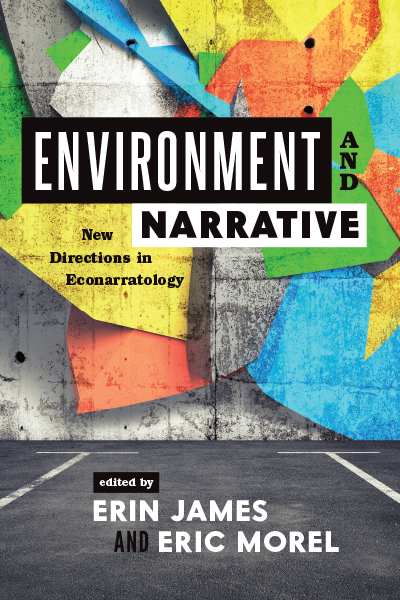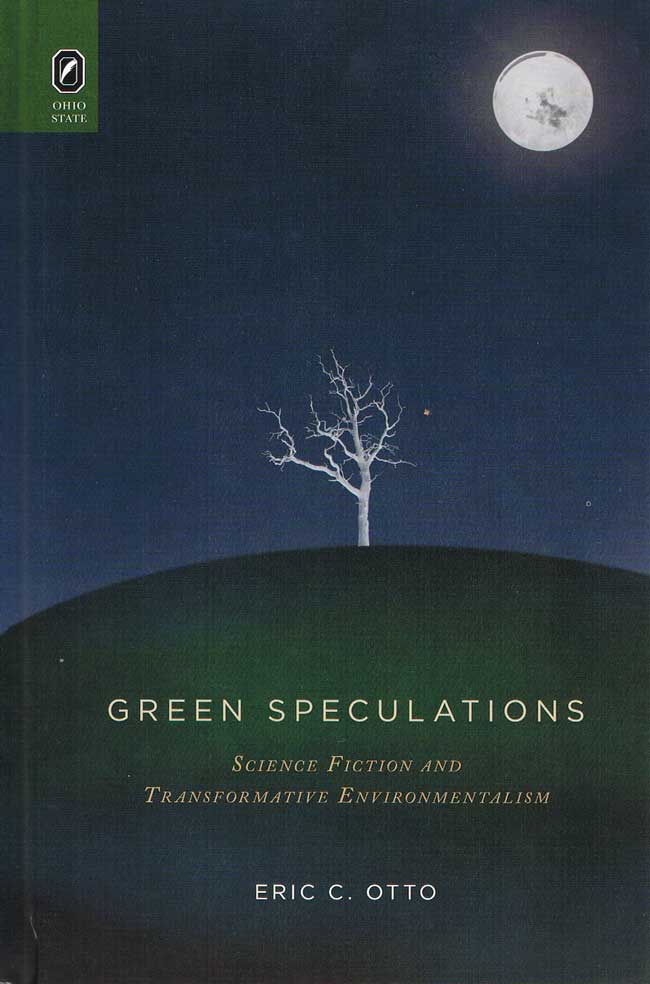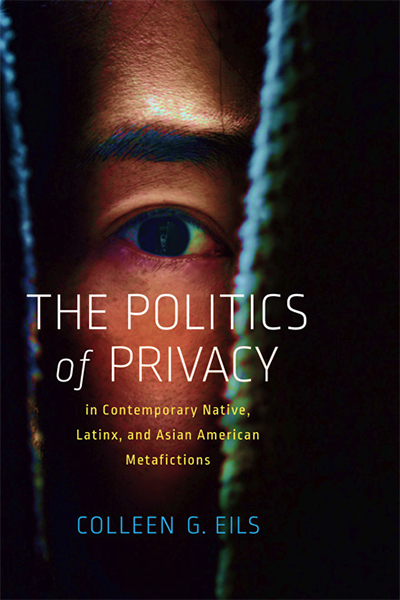“The strong point of this work is precisely in widening the definition of what constitutes ‘narrative’ and consequently discovering common interests between scientists, artists, and scholars. James then provides a toolkit for the evaluation of our own work—and others’—that addresses some of the challenges that all of us face when ‘worldbuilding for some purpose’ in the Anthropocene.” —Emily Baker, Modern Language Review
“James’ contribution to the field of ecocriticism is a clearer understanding of how narrative works in the Anthropocene. By guiding readers’ awareness of the role that narrative structure plays in worldbuilding, James provides a compelling argument for how narrative theory illuminates epochal key ideologies, challenges, and possibilities.” —Pamela Carralero, ISLE: Interdisciplinary Studies in Literature and Environment
“A timely and thought-provoking study … Goes a long way in offering a lucidly written theoretical base for the concern with storytelling in the environmental humanities … Innovates by registering crucial shifts and offering necessary reorientations.” —Julia Hoydis, Anglistik
“Narrative in the Anthropocene is both a stellar review of narrative theory, in general, and a call to action to address the social and ecological challenges of the Anthropocene. Narrative theorists, literary ecocritics, science writers, and even film and comics scholars will discover countless essential propositions to inspire their own work.” —Eric C. Otto, author of Green Speculations: Science Fiction and Transformative Environmentalism
In Narrative in the Anthropocene, Erin James poses two complementary questions: What can narrative teach us about our current geological epoch, defined and marked by the irrevocable activity of humans on the Earth’s geology and ecosystems? and What can our current geological epoch teach us about narrative? Drawing from a wide range of sources—including Jane Austen’s Mansfield Park, Maria Popova’s collective biography Figuring, Richard McGuire’s graphic novel Here, Indigenous and Afrofuturist speculative fiction, and more—James argues that a richer understanding of the forms and functions of narrative in the Anthropocene provides us with invaluable insight into how stories shape our world. At the same time, she contends that the Anthropocene alters the very nature of narrative. Throughout her exploration of these themes, James lays the groundwork for an “Anthropocene narrative theory,” introducing new modes of reading narrative in the Anthropocene; new categories of narrative time, space, narration, and narrativity; and a new definition of narrative itself as a cognitive and rhetorical tool for purposeful worldbuilding.
Erin James is Associate Professor of English at the University of Idaho. She is the author of The Storyworld Accord: Econarratology and Postcolonial Narratives and coeditor (with Eric Morel) of Environment and Narrative: New Directions in Econarratology.
Contents
Acknowledgments
Introduction Anthropocene Narrative Theory
Chapter 1 Worlds
Chapter 2 Material
Chapter 3 Time
Chapter 4 Space
Chapter 5 Narration
Coda Narrative and Climate Science
Works Cited
Index





